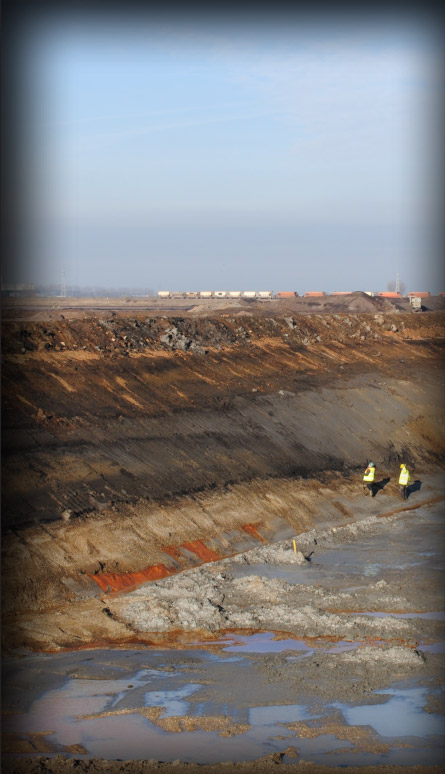"The most important aspect of the Must Farm boats is the way they
were excavated. Frankly ... the work was superb."
Francis Pryor
Must Farm is changing the way Fenland archaeology is viewed. The emergence of deep space archaeology is revealing artefacts that are surprising in both their quantity and quality.
Credit to the success at Must Farm must, however, be jointly shared with Forterra. The brick pits at Must Farm exist because of Oxford Clay and its use in the production of bricks. The clay is reached by open cast extraction, after the surface deposits or overburden have been removed on a very large scale. And it is this extraction that first revealed the Bronze Age landscape we are now discovering.
The Cambridge Archaeological Unit, University of Cambridge, has been working at the pits since 1994, in close collaboration with Cambridgeshire county council’s Historic Environment Team, Forterra and its own archaeological consultants, SLR Consulting Ltd.
During this time we have evolved a close working understanding with the earthmoving team (Fox Ltd) responsible for gaining access to the clay. Our skill is in identifying and articulating archaeology. The skill of the developer and its contractors is in the progressive removal of vast quantities of soil and all that this kind of operation entails.
Together, we are able to access the archaeology in a safe and structured manner and, most importantly, at a scale sympathetic to past occupations of these spaces. The project’s success is completely dependent on the cooperation between developer, curator and contractors.









